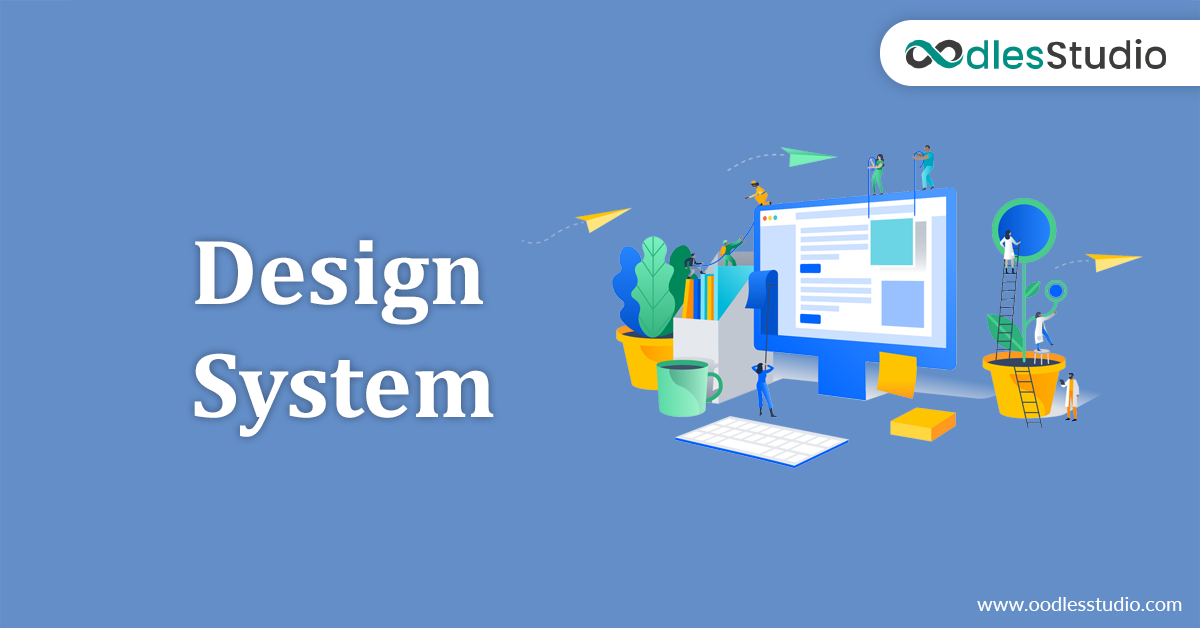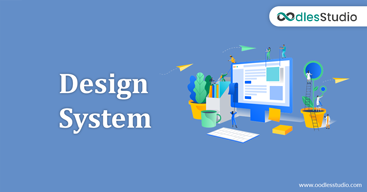Planning for ease of use and expanding esteem conveyance is a UX configuration best practice. Building a valuable, data-heavy user experience requests much more.
In any case, imagining information isn't useful. On the off chance, that information doesn't appear to be legit. So UX planners have generally utilized reference diagrams, line charts, and pie graphs to outwardly introduce information to clients. In any case, keeping UIs basic, zeroing in on clearness over style, and accentuating what the client would consider significant bits of knowledge are immortal UX configuration best practices that can make data-heavy user encounters effective.
Incorporating Scalability Into a UX Design
As UX designers, we want to examine the chance of both business and item changes while making our underlying plan recommendations — right from the start of a task. Both client needs and item includes are probably going to persistently develop. So planning a fruitful information weighty arrangement requires it's being versatile to address the issues representing things to come.
Lucidity Promoting Responsiveness
The ongoing UX configuration pattern is to introduce key, significant information in the clearest, most point-by-point way that completely utilizes the bigger viewport.
You could simply show more data, however, the ongoing UX configuration pattern is to introduce key, significant information in the clearest, most nitty gritty way that completely utilizes the bigger viewport. As well to a diminishing mess, these plans additionally assist clients to track down additional data with less clicking and perusing
Very much Prioritized Tables That Show More Data
The more information you want to classify, the seriously difficult it tends to be to upgrade a table's client experience.
Information tables are an incredible approach to sorting out and introducing heaps of information, showing both the connections and the factors that they grasp. Nonetheless, the issues with tables can be a piece like the difficulty of specialty versus multitopic Web locales: the more information you want to classify, the really difficult it very well may be to improve a table's client experience.
Other UI plan components that empower you to design and tidy up organized information incorporate the accompanying:
- cell cushioning — whose level and width you can change
- fixed rows or headers
- zebra striping
- zebra striping alignment tips
- linked data
- pagination
- sorting
- filtering
- searching
Ease of use Testing with Video
As clients continue to connect with your UX plan arrangements, they'll frequently propose enhancements that you could make to further develop their client experience. Notwithstanding, a considerably more brilliant, more significant practice is watching recordings of your clients collaborating with your plan so you can determine what highlights to streamline and what bottlenecks to take out.
Information Aware, Data Informed, or Data-Driven?
Utilize an information-driven, information-informed, or information-mindful UX plan from the beginning phase while making an information-weighty client experience.
Your functional methodology can assist you with deciding how much information you ought to gather, examine, and show on your dashboard. The pattern is to utilize an information-driven, information-informed, or information-mindful UX plan from the beginning phase while making an information-weighty client experience.
We are a 360-degree ERP application development company that excels in building custom enterprise solutions from the ground-up for varying business needs. We use open-source software platforms like Odoo, OFBiz, and ERPNext to build scalable applications that are conducive to enhancing business productivity. To learn more about our ERP application development services, reach out at [email protected].




 Languages
Languages English
English
 Work
Experience /
Trainings / Internship
Work
Experience /
Trainings / Internship
 Education
Education Certifications
Certifications




